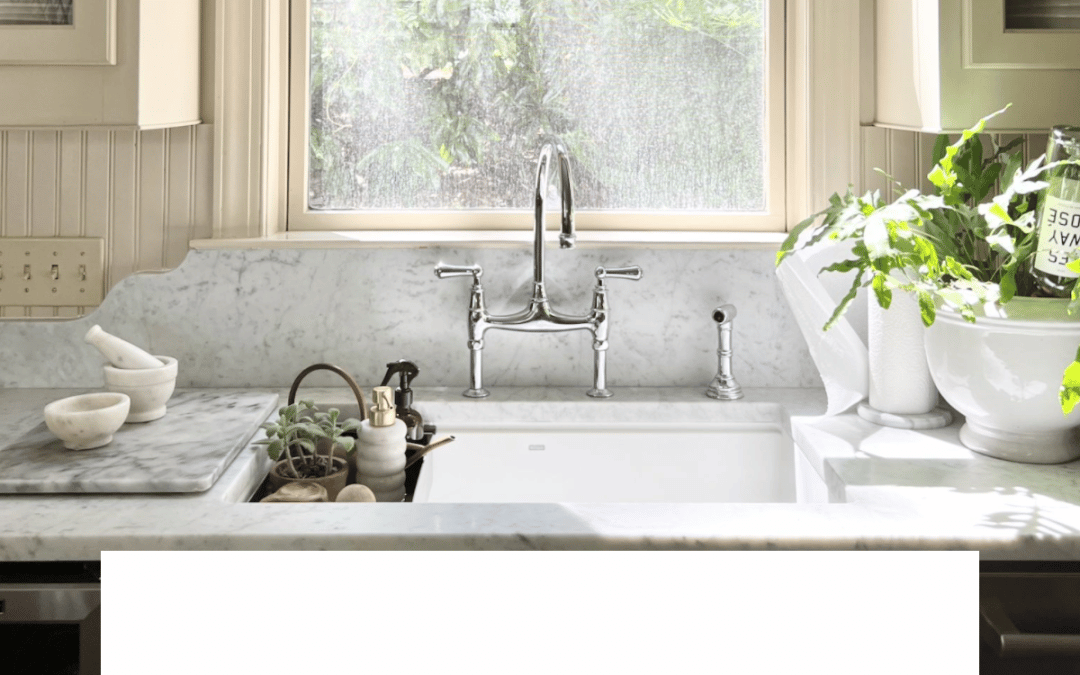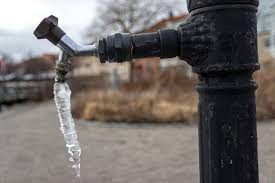Efficient Methods for Winterizing Your Pipes and Shielding Freezing in Frigid Weather
Efficient Methods for Winterizing Your Pipes and Shielding Freezing in Frigid Weather
Blog Article
They are making a number of good points on the subject of How to Prevent Frozen Pipes as a whole in this content on the next paragraphs.

All homeowners who live in temperate environments should do their ideal to winterize their pipes. Failure to do so can lead to catastrophe like icy, split, or ruptured pipelines.
Attempt a Hair Clothes Dryer or Warm Weapon
When your pipes are virtually freezing, your reliable hair dryer or warmth gun is a blessing. If the hot towels do not aid remove any kind of working out ice in your pipes, bowling warm air straight into them might help. You may end up damaging your pipelines while attempting to thaw the ice.
Open Up Closet Doors Hiding Plumbing
When it's chilly outside, it would certainly be helpful to open cabinet doors that are camouflaging your pipelines. Doing this small method can keep your pipelines cozy as well as restrict the potentially harmful outcomes of freezing temperature levels.
Take Some Time to Wrap Exposed Pipes
One very easy and also great hack to warm up freezing pipes is to wrap them with warm towels. You can cover them first with towels. After securing them in place, you can put boiling water on the towels. Do it slowly to let the towels take in the liquid. You can additionally utilize pre-soaked towels in hot water, simply do not fail to remember to use protective handwear covers to secure your hands from the warm.
Turn On the Faucets
When the temperature level declines and it appears as if the frigid temperature will certainly last, it will assist to turn on your water both inside your home and also outdoors. This will certainly keep the water flowing via your plumbing systems. You'll finish up throwing away gallons of water this method.
When Pipelines are Frozen, shut Off Water
If you see that your pipelines are entirely frozen or almost nearing that stage, transform off the major water valve right away. You will generally locate this in your cellar or utility room near the heating unit or the front wall closest to the street. Turn it off right away to prevent more damage.
Don't forget to close outside water sources, as well, such as your connection for the garden home. Doing this will avoid added water from filling up your plumbing system. With even more water, more ice will pile up, which will ultimately lead to rupture pipes. If you are not sure concerning the state of your pipes this winter, it is best to call an expert plumber for an assessment. Taking this aggressive method can save you thousands of bucks out of commission.
All home owners that live in pleasant environments need to do their finest to winterize their pipes. Failing to do so can lead to calamity like icy, fractured, or ruptured pipelines. If the hot towels do not assist displace any working out ice in your pipes, bowling warm air directly right into them may assist. Transform off the main water shutoff instantly if you discover that your pipelines are completely frozen or almost nearing that phase. With even more water, even more ice will certainly pile up, which will at some point lead to burst pipes.
PREVENT YOUR PIPES FROM FREEZING THIS WINTER
A Leading Cause of Property Damage
When the weather is taking a deep nose dive into the cold dreary days, the risk of your pipes freezing and potentially bursting skyrockets. Unfortunately, during these cold dreary months, burst pipes are the most common denominator for property damage. The pipes that are most at the risk are those that are in areas where it is most cold in your home. For instance, pipes located in interior places such as basements, attics, and your garage. Unfortunately, that doesn’t mean that the pipes running through your cabinets or exterior walls can’t freeze. Good news, however, is that you can do things to help prevent pipes from freezing.
How to Prevent Pipes From Freezing
Once the temperature starts to drop during the winter, you should be taking the proper measures needed to ensure that your pipes stay warm and that there is circulation of water through them. Some steps that experts may recommend could go against your better judgement when it comes to saving water and heat. However, it would go without saying that when expenses are compared, damaged pipes could put a bigger dent in your wallet than a water bill.
What Can I Do?
Keep your garage door closed. This is very important, especially if you have water supply lines running through your garage. Open your kitchen and bathroom cabinets to allow warm air to circulate through them. Allow air circulation throughout your home. Keeping the interior doors open will once again allow the warm air to circulate inside your home. Ensure your thermostat is running the same temperature throughout the night and day. If you plan to be away from home during the cold months, set your temperature no lower than 55° F. This should provide enough heat to keep the pipes warm and prevent any remaining water inside the pipes from freezing. For more of a long-term solution, add insulation to attics, basement, and other crawl spaces around your home. By allowing your faucet to drip, it will alleviate pressure in the system. This is important because the pressure that is created between the blockage and the faucet can potentially cause the pipes to burst. Allowing the faucet to drip will prevent the pressure from building up, therefore keeping the pipes from bursting. Seal any cracks, openings, and crawl spaces around your home to prevent cold air from coming inside. This keeps your pipes-not to mention your home-warmer and less susceptible to issues caused by freezing temperatures. For the pipes in your home that are easily accessible, applying electrical tape to them might prevent them from freezing over. This is a quick fix, as you can apply the tape directly to the pipe. There are two options for heating tapes. One turns on and off by itself when it senses heat is needed. The other type of heating tape needs to be applied when heat is needed and removed when not necessary. If you have exposed pipes in your home, you can check this website to take a look at a few options that would be available at a shop near you.

I was made aware of that write-up on Prevent Freezing and Bursting Pipes through a friend on a different domain. Are you aware of someone else who is interested by the niche? Why not share it. We take joy in reading our article about Winterizing Your Pipes.
Free Estimate Report this page